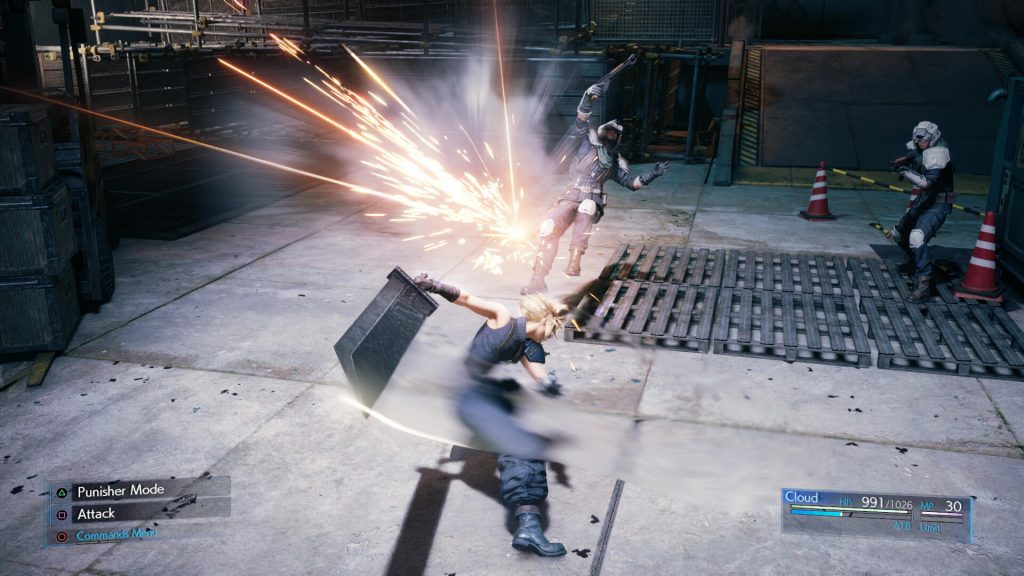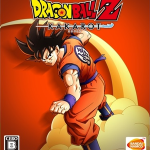Final Fantasy VII Remake Part 1 Review
They said it could never be done. That Final Fantasy VII was too vast to remake with current technology. That may still prove true but this first instalment is a promising start.

This remake was released on the PlayStation 4 as an exclusive with an upgraded PS5 version with extra story coming later this year (2021).
Final Fantasy VII is an RPG that for many sparked their love of the genre. It also spawned many spinoffs and movies that continued and expanded on its story. The Shinra Electric Power Company has figured out how to extract mako energy from the planet. They have also experimented with enhancing humans into powerful warriors known as SOLDIERs. The game follows one ex-SOLDIER known as Cloud and the terrorist organisation Avalanche. They are fighting back against SHINRA and the damage they are doing to the planet.
The remake keeps the main beats the same but it has moved some things around so that the game stays in Midgar for its duration.
Gameplay is third person action based rather than the strict active time turned-based battle system of the original. You take control of Cloud Strife who fights with a massive sword and magic. It plays similarly to Kingdom Hearts. You can also take control of other party members each who has a unique combat style. While your basic actions can be performed with a simple button press, you can also select other commands like magic and items from a menu. You can choose to have this happen in real time or to have it pause the action, if you prefer.
Like the original but in third person rather than top down, you explore the overworld as you complete quests, explore and reach your next destination. Unlike the original and like later games in the series - most like Final Fantasy X or 12, the world is explorable in 3D rather than being condensed down to a world map screen with towns and dungeons sparsely populating it.
Materia makes a return. As with the original game, it can be equipped to weapons and accessories. This grants you various abilities and magic associated with its respective element. As you use each granted ability more, you gain more powerful versions of each ability. Examples of this include Fira becoming Firaga, a more powerful fire damage spell.
Also making a return are summons. They come in the form of Materia. Some of these are granted as part of the story but others can be gained by defeating them in Chadley’s VR research missions. Once summoned they fight with you on the battlefield for a time culminating in an ultimate attack.
As one of the first RPGs on the PlayStation using 3D graphics, the original game hasn’t exactly aged well. The gameplay and story remain excellent. When the sequel movie Final Fantasy VII Advent Children was released, regardless of whether we agreed with the story direction or not, we all agreed that it was absolutely stunning. A game with a presentation that makes us feel like we are playing the movie. Advent Children had become the benchmark that the Final Fantasy-series has aspired to reach .
It looks really good. The game is really well detailed. That is, it feels lived in and fairly natural. The world is big but not too big. Each area is distinct, even the mako reactors. Especially districts like that of the underground casino area, Wall Market. It is a sight to behold when you’re in the slums and you’re looking at the massive construct that is Midgar, or in one of the Mako reactors and you’re gazing down at the slums.
Remember the church where you meet a certain flower girl? It’s one of the more memorable scenes in the original and is simply beautiful here. The choice of voice actors for Cloud, Tifa, Aerith and the rest of the cast are not bad either. On par, if not better then the movie.
In conclusion, a great start to remake a classic. It’s different but also feels familiar. If they can maintain this quality for the remaining entries in the series, and manage to finish it, it will serve as a masterclass in how to modernize a 3D classic.


